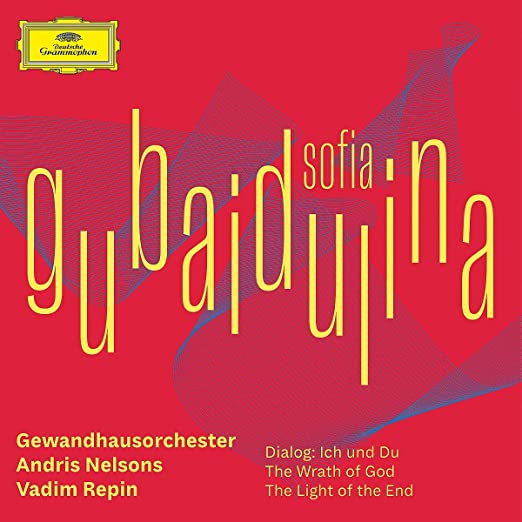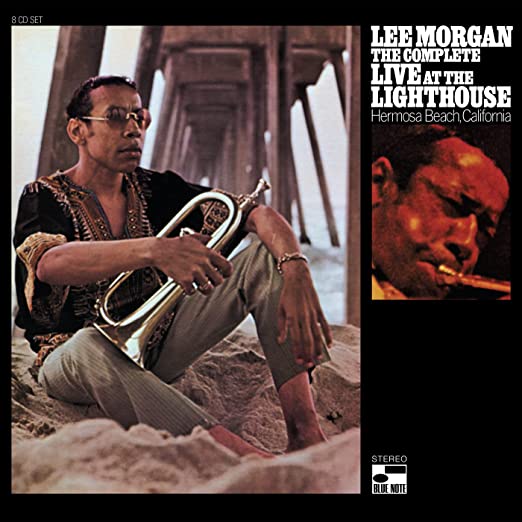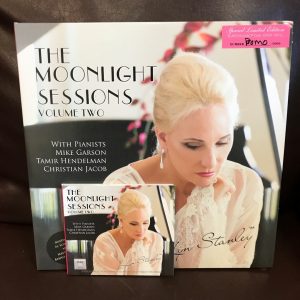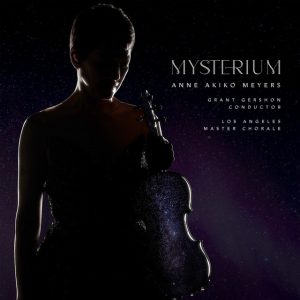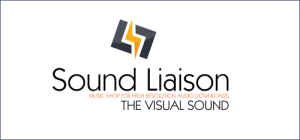
Elgar, Symphony No. 1. Cockaigne Overture. Royal Liverpool Philharmonic Orchestra, Vasily Petrenko. Onyx. ONYX4145.
Why listen to Elgar? Unless you're British and feel the need for some nostalgic cultural reinforcement? Elgar? Pomp and Circumstance? Though I'll confess to some pleasant moments with the composer'sCello Concerto, I didn't come to this recording for Elgar. I came for Petrenko—the young maestro who has taught us all that we were seriously underestimating the symphonies of Shostakovich. Why is Petrenko recording Elgar? Because it goes with the job of being director of a major British orchestra? Or has he found something in the old fogey that we need to attend to? I write this before listening to a note of this recording, so this is not an intentional set-up.
Cockaigne Overture. Petrenko is playing Elgar here with gusto and pace. Is he playing the composer in spite of himself? Or is he just playing him against the accepted grain? Overtures are by definition a mixture of moods and styles, and Petrenko gives us the many moods of the Cockaigne; but he gives them all with gusto. He seems to want to insist that this is not sentimental music and, against the odds, he makes a respectable case. Devotees of Elgar will doubtless feel things are being rushed and punched up when they would be more happily left to the more deliberate pace we associate with this music. This is actually good fun.
Elgar Symphony No. 1 The symphony is another matter. Russians sometimes really get the English. Shostakovich and Rostropovich certainly got Britten. But a Russian getting Elgar in 2015 is more of a stretch, I would think. What Petrenko gets in Elgar here is the sweeping yang of his romanticism: where Elgar intersects with Tchaikovsky. Petrenko makes Elgar stride. And swirl. Here we don't get the feeling Petrenko is playing Elgar in spite of himself. Rather we feel he is letting him out. Perhaps more than the Edwardian world would approve of. But perhaps not more than his music wishes.
Petrenko makes the most compelling case I've heard for Elgar. He has forced me to back off my smug judgment. He hasn't done this by changing the music (anymore than he made Shostakovich richer by changing him); he has let Elgar's romanticism drive out his Edwardian sentimentalism. This Elgar can stand alongside Sibelius, for example, without apology.
To force us to change our minds is what we ask of the greatest interpreters of music. Petrenko has now 'resurrected' two composers in need. Where will he go next?

Chiaroscuro Quartet. Mozart and Mendelssohn. Aparté. AP092.
Alina Ibragimova's Chiaroscuro Quartet sounds like no other. They bring to mind the long (and thankfully lost) Salomon Quartet of a generation ago, whose aggressively period playing style drove even the least timid of us as far away as we could go. But the Chiaroscuros are no Salomons. They cut us no slack, but their idiosyncratic, penetrating sound is more concerned with exploring than shocking or revolutionizing. They dare us to come with them—they do not come to us. 'Give our sound some time to take you out of your traditional comfort zone and then listen again,' they say. 'What do you hear now?' Brown cane sugar. Bitter sweet rather than silvery. An intimate, slightly soft sound rather than a bold public one.
This is young Russian Alina Ibragimova's project—it is she who brought these musicians together. Ibragimova of the exquisite 'live' Beethoven violin sonata recordings made in Wigmore Hall; but also not that Ibragimova. This is an Ibragimova whose success in the Wigmore series has freed up to explore new sonic interpretive territory. Or is it a more searching exploration of the territory that was at the heart of the period instrument movement of the 1970's? That has since been rounded off and domesticated?
More important, does it work? Is this new playing or just a revival? Do the Chiaroscuros make Mozart'sK421 and Mendelssohn's Opus 3 work? Do they sound fresh or frivolous? This will be a matter of taste. They do make the music sound fresh to me. They can, as they have in their two earlier recordings (this is their third), make us stop and listen. There is something about their period instrumental voices that can absolutely captivate. Don't play this CD too loud. Like the clavichord, period stringed instruments were designed for intimate settings and the modest volume levels that are appropriate for them. They can overwhelm at sound levels not intended for them.
I always start out a little in shock when I first hear these musicians play. I too have succumbed to the taming of period instrument performance that has taken place over the last decade. But by the middle of the first movement of the Mozart I got there. This is serious, searching, dedicated, against the grain music making, some of the rarest and best around.

Music@Menlo 'Live.' 2014. Around Dvorak. ArtistLed. www.musicatmenlo.org.
Reviewing this annual gift of 'live' music from ArtistLed is a lot less fun than listening to it. Judging—even just describing—a nine CD program of music from Haydn to George Crumb, all arranged around the idea that Dvorak can be heard as the center of a central European musical spirit, would be beyond all but those few connoisseurs who could actually hear that. But as I've said almost every year around this time, it really doesn't matter. What matters is the music itself, the musicianship, and as with all recordings in the hands of Da-Hong Seetoo, the sound. And I'm happy to report that all is well on these three fronts.
All of the music, a fair amount of which is just off the beaten path, is compelling. Songs by Ives and Crumb, Kodaly's Sonata for Two Violins and Viola, two pieces for cello and piano by Webern, a Septet for piano, flute, oboe, horn, violin, cello, and bass (!)by Hummel—along with Haydn, Mozart, and Beethoven. Played this album straight through on a weekend would be like listening to the full schedule of most musical organization's annual programs. And if your ears are either educated or just intuitively brilliant, the continuity of the 'schedule' will make most other programs pale in comparison. Favorites? a selection from Bartoks 44 duos for Two Violins; Webern's two pieces for cello and piano; the HummelSeptet.
The musicians, as always, include major figures like violinist Alexander Sitkovetsky (Dmitry's nephew), violist Paul Neubauer, pianist Anne-Marie McDermott, clarinetist Anthony McGill, pianist Gilbert Kalish, violinist Arnaud Sussman, not to mention host/conveners David Finckel (cello) and Wu Han (piano)... and the Danish and Escher string quartets. And there are, also as always, a host of newcomers (to me), though I actually recognize a few from earlier years. Both virtuosity and group chemistry are outstanding. That all of these performances are 'live' clearly contributes to the freshness and electricity we hear.
Sound? Natural, present, clear, exciting. Da-Hong Seetoo at his usual level of excellence.
As I say, I'd much rather listen to this unique box of musical goodness than talk about it. If you have been (wisely) collecting these annuals releases, you know what I'm talking about. If you haven't, you are missing one of the very best recorded musical experiences available to us.
Equipment used for this audition: Resolution Audio Cantata CD player/music center, Blue Circle O22i solid state integrated amplifier, Jean Marie Reynaud Offrande Supreme, V2 loudspeakers, Crimson cabling, Volex power cords.
Bob Neill is a former equipment reviewer for Enjoy the Music and Positive Feedback. Since 2004, he has been proprietor of Amherst (MA) Audio, which sells equipment from Audio Note (UK), Blue Circle (Canada), Crimson (UK), Jean Marie Reynaud (France), Resolution Audio (US), and Tocaro (Germany).






